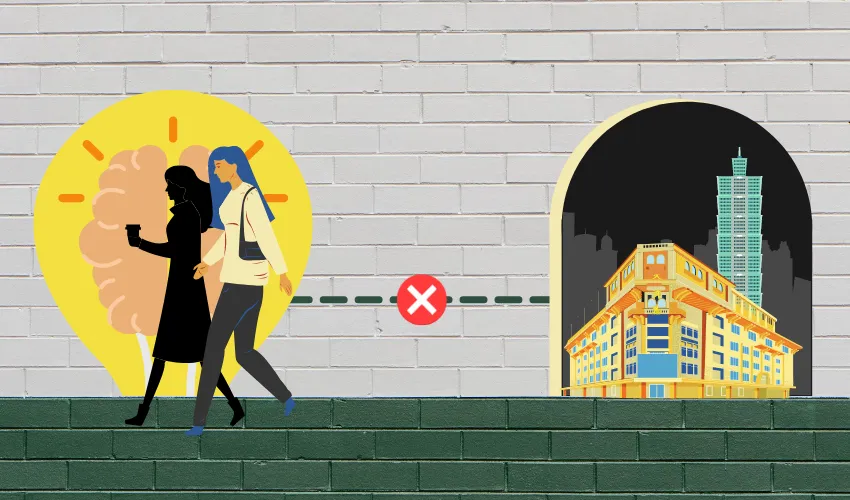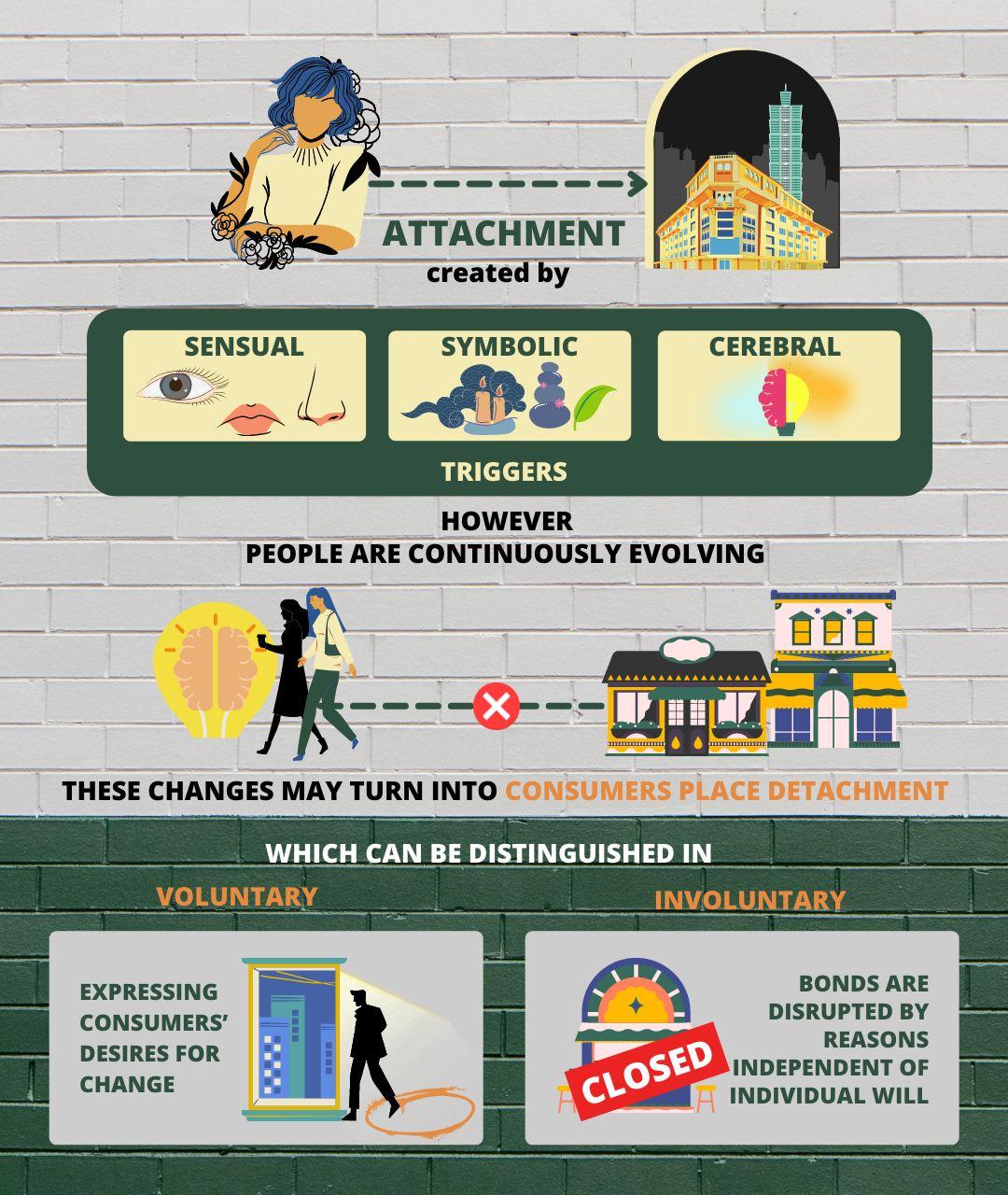
Broken Bonds: Why Consumers Leave
Why are you losing loyal consumers? Retail companies should take into consideration that there may be reasons, which go beyond what they have to offer, that lead to consumer loyalty loss. Bocconi University Professor Stefania Borghini, in a paper with John F. Sherry Jr. (Mendoza College of Business) and Annamma Joy (University of British Columbia), gives a new perspective of the bonds between an individual and their favorite spaces, which helps retailers understand which triggers to stimulate and how to foster consumer place attachment.
Retail spaces are far more than mere places to shop. Commercial settings offer significant opportunities for attachment. This sense of feeling of belonging is essential to individuals' well-being. In fact, consumer research confirms that individuals can be particularly connected to "third places" due to their restorative and therapeutic power.

However, people are continuously evolving and transforming, which also influences consumer attachment to a place. Changes in their life course necessitate changes in their place attachments, given that the latter both mirror and fuel the former. Hence, these changes may turn into consumer place detachment, which can be distinguished in voluntary and involuntary.
Voluntary detachment expresses consumers' desires for change. For instance, detachment may coincide with the discovery of new places, which can accommodate and satisfy new needs and personal projects. New ties would, therefore, be equivalent to abandoning earlier loyalties.
Bonds with favorite places can be disrupted for reasons entirely independent of individual will. For example, the pandemic forced the closure of all commercial places. Consumers may use a variety of coping strategies to overcome the losses implicit in forced detachment. While some consumers may accept without resolving the forced displacement, others are able to find a source of motivation or an opportunity to form new bonds.
''Companies need to consider that sometimes the problem is not in the offer of the company," Professor Borghini concludes, "but it is consumers that change and detach from us because they have other new needs''.
Even though sometimes the detachments cannot be avoided, the findings of this research also help retailers understand what the triggers for stimulating consumers' place attachment are. Specifically, this study illustrates the sensual, symbolic, and cerebral triggers, which can create meaningful ties between a place and an individual. As an example, sensual triggers, grounded in the material elements of design, merchandising, and spacious layouts that afford aesthetic pleasure, can seduce at first sight and nurture the relationship during future encounters. Moreover, it is important to identify the elements of the environment that trigger the attachment since if those elements are changed, consumers might not be so affectionate anymore.
Stefania Borghini, John F. Sherry Jr. and Annamma Joy, ''Attachment to and Detachment from Favorite Stores: An Affordance Theory Perspective'', Journal of Consumer Research, 6 Apr. 2021, DOI: https://doi.org/10.1093/jcr/ucaa044.